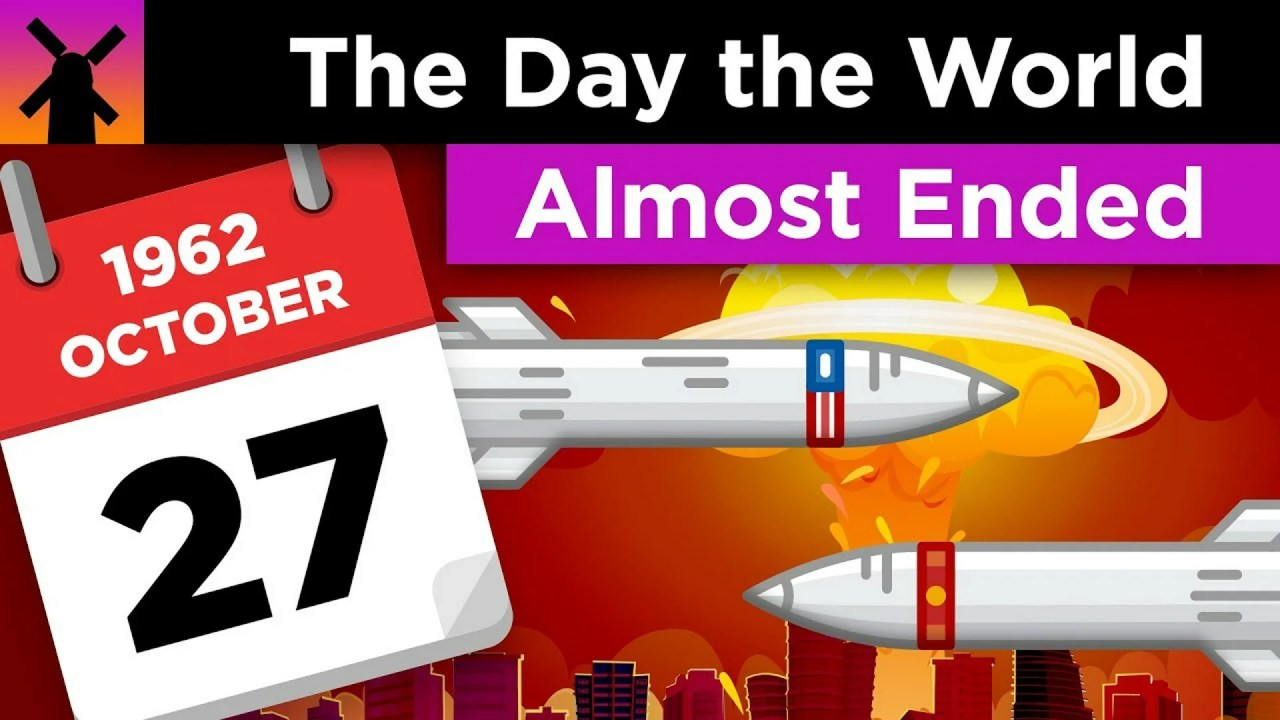The Permian period, lasting from 299 million to 251 million years ago, was a golden era of biodiversity on Earth. But this flourishing ecosystem was about to come to a devastating end, with 95% of species destroyed in the most catastrophic mass extinction ever experienced by the planet.
Recent studies have revealed evidence from rocks found in Antarctica, Siberia and Greenland which shed light on what natural disaster could be behind this event. It is thought that high levels of volcanic activity spewed out vast amounts of gas and particles into the atmosphere, leading to an increase in global temperatures which caused ocean acidification and anoxia (oxygen depletion). This drastically altered conditions for many life forms on Earth, leading to their decline and eventual extinction.
This tragic event has been explored in depth in a new documentary titled ‘Mass Extinction: Life at the Brink’. The documentary delves into what happened during the Permian period using evidence from fossils around the world as well as interviews with experts. It also looks at how our understanding of mass extinctions can help us tackle current environmental challenges today.
If you are looking for a fascinating deep dive into Earth’s history and its effects on our present-day world, then ‘Mass Extinction: Life at the Brink’ is worth watching. The rich visuals and interviews make it a captivating viewing experience. Through this documentary viewers can learn more about what happened during the Permian period and gain insight into how we can protect our planet today.
